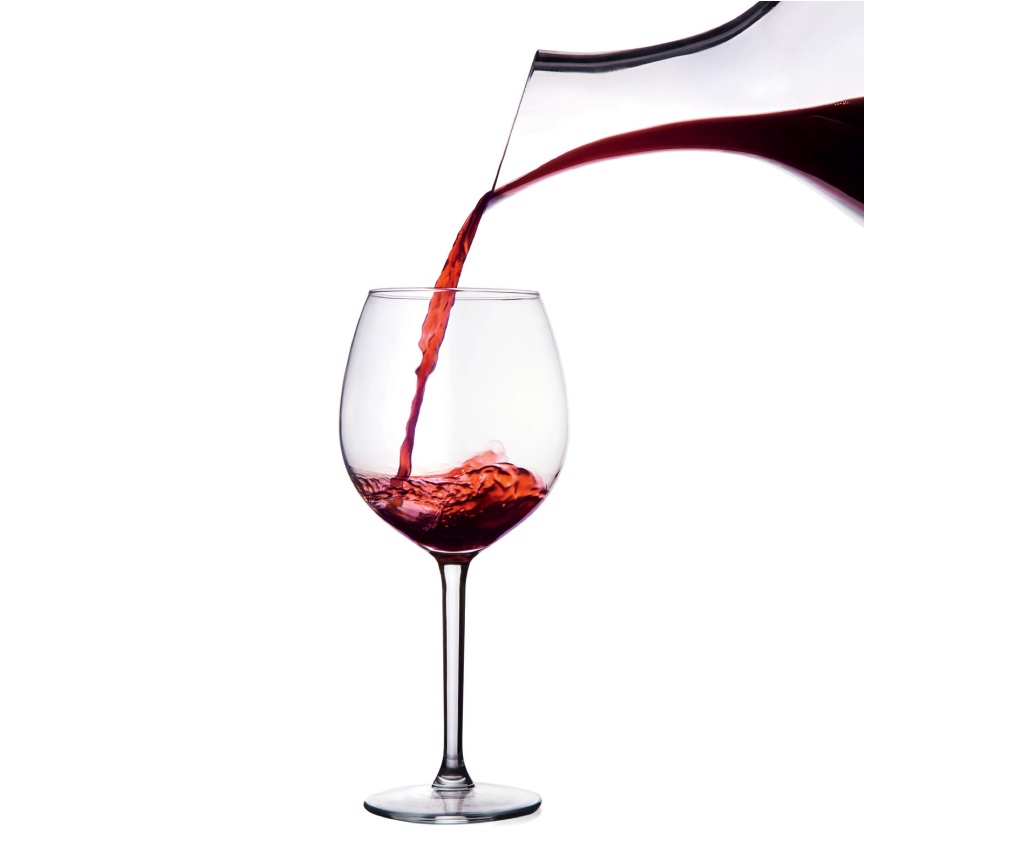How to decant wine — and why
Is your decanter gathering dust at the back of a cupboard? If so, says Harry Eyres, it’s high time you started using it to breathe more life into your wine.


Britain’s most established wine magazine is named Decanter. I expect many of us possess one or more of the bulbous glass receptacles it is named after; I remember a row of them sitting on a sideboard at my parents’ house. They can be beautiful objects, especially those from the 18th century. But how often do any of us use them?
My sense is that decanting wine has gone out of fashion — not that it was ever uncontroversial. In my very first job as wine controller of the Tate Britain restaurant, I was berated by a customer for decanting his Pichon Lalande 1975. ‘You’ve de-aged my wine by 20 years!’ he expostulated, bafflingly. It was always, in any case, a practice mainly limited to two types of wine: classed growth quality red Bordeaux and vintage or crusted Port. (Richard Olney in his classic monograph Romanée-Conti reports that decanting has never been the practice at Burgundy’s most celebrated domain.)
There was — and remains — a strong practical imperative in both cases: the need, with un- or minimally filtered red wine and Port, to separate the clear wine from the sediment or dregs, the residue of grape skins and, sometimes, pips and stems that gradually fall out of the wine as it matures. Bottle-matured Port has far more of this stuff than any other wine and, here, the necessity of decanting is unquestioned. With classed growth Bordeaux, my impression is that the wines throw less deposit these days; I’m not sure of the technical reason.
However, there’s a second argument in favour of decanting, which has nothing to do with separating the clear wine from the sediment. Decanting is also a way of aerating the wine and thus speeding up its oxidation — or in more poetic language, letting it breathe.
Do wines need to breathe? Actually, I would say in many cases they do. Remember that older wines have been sealed up in a kind of prison since their early youth (in barrel), in contact only with the tiny pocket of air between the level of the wine and the bottom of the cork. Taking in fresh air refreshes and rejuvenates them, for a while at least, and can remove traces of mustiness, although not cork taint, which is another matter.
"Decanting is a simple process, but must be made to look as complicated as possible"
Young wines that have been made anaerobically or reductively can also benefit from air to take away reductive aromas. Controversially, my wine merchant father believed in decanting not only red Burgundy, but complex white Burgundy also (Meursault, Puligny-Montrachet, Corton-Charlemagne). There’s a logic in that such complex white wines, as much as red wines, need time to develop. Jobard’s Meursault is almost undrinkable at less than five years of age. The prejudice against decanting white wine may be partly explained by the quasi-medical appearance of a pale-yellow liquid in a receptacle.
Deciding how far in advance to decant is a knack, acquired by trial and error. Finding the sweet spot with older vintages of Bordeaux, where they have fully opened up, but not faded away, is the Holy Grail of the obsessive decanter (I mean the person who decants). An hour or two is the usual range with ‘middle-aged’ Bordeaux, I find. Once you know how a wine reacts to decanting, you can be more precise.
Exquisite houses, the beauty of Nature, and how to get the most from your life, straight to your inbox.
Finally, how do you do it? In my first book, The Bluffer’s Guide to Wine, I said that decanting was a simple process, but must be made to look as complicated as possible. The indispensable accessory is a candle, which must be placed in such a way as to illuminate the neck of the bottle, so you can see when the first sediment arrives there and then stop decanting. With vintage Port, this part can be tricky as the glass used for the bottles is so dark. If in any doubt, a piece of muslin or a decanting funnel placed in the mouth of the decanter can be used as a safeguard to catch sediment and pieces of cork, which may have fallen into the bottle — don’t worry, they won’t affect the flavour. Despite what Jane MacQuitty wrote recently in The Times, don’t dispose of those decanters yet — use them and I’m sure they’ll enjoy being filled once more with ‘the true, the blushful Hippocrene’.

Credit: Alamy
How to drink your way through Christmas lunch
Our expert Harry Eyres picks out wines perfectly-matched for a traditional Christmas Day feast.
